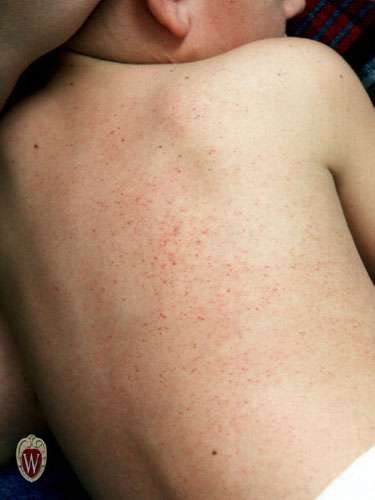
Phimosis, painful erections, obstructive voiding, itching, pain, bleeding Pinhead-sized, hypopigmented papules often extragenitalįlat-topped, polygonal, violaceous papules often extragenital Red or blue papules may appear only on the glans penis or also on the scrotum, groin, thighs, and abdominal wall The management of benign penile lesions usually involves observation or topical corticosteroids however, neoplastic lesions generally require surgery. Biopsy is indicated if the diagnosis is in doubt or neoplasm cannot be excluded. Some benign lesions, such as psoriasis and lichen planus, can mimic carcinoma in situ or squamous cell carcinoma. Carcinoma in situ should be suspected if the patient has velvety red or keratotic plaques of the glans penis or prepuce, whereas invasive squamous cell carcinoma presents as a painless lump, ulcer, or fungating irregular mass.

The lesions of lichen planus are pruritic, violaceous, polygonal papules that are typically systemic.

Angiokeratomas are typically asymptomatic, well-circumscribed, red or blue papules, whereas lichen nitidus usually produces asymptomatic pinhead-sized, hypopigmented papules. Lichen sclerosus presents as a phimotic, hypopigmented prepuce or glans penis with a cellophane-like texture. Psoriasis presents as red or salmon-colored plaques with overlying scales, often with systemic lesions. The clinical presentation and appearance of the lesions guide the diagnosis. Noninfectious lesions may be classified as inflammatory and papulosquamous (e.g., psoriasis, lichen sclerosus, angiokeratomas, lichen nitidus, lichen planus), or as neoplastic (e.g., carcinoma in situ, invasive squamous cell carcinoma).

Family physicians commonly diagnose and manage penile cutaneous lesions.


 0 kommentar(er)
0 kommentar(er)
